https://edition-m.cnn.com/2018/05/17/us/hawaii-kilauea-volcano/index.html
Summit of Hawaii's Kilauea volcano erupts, sending plume of ash and smoke 30,000 feet high
By Eliott C. McLaughlin and Keith Allen, CNN
Updated at 1730 GMT (0130 HKT) May 17, 2018
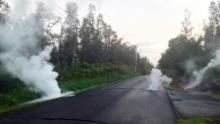
Strong earthquake rocks Hawaii

Hawaii resident: Life completely upside down
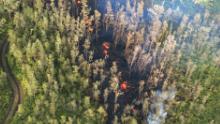
Volcano spews lava into Hawaii neighborhood

New volcanic activity in Hawaii
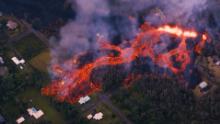
The health side effects of volcano eruptions

Explosive eruption at Kilauea's summit

New fissure opens up in Hawaii
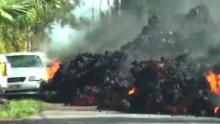
Watch as lava eats a Ford Mustang
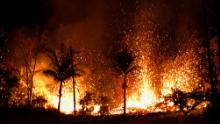
Lava spills through Hawaii neighborhood
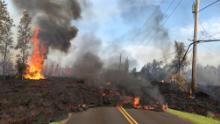
Volcano eruption levels Hawaiian neighborhoods

Strong earthquake rocks Hawaii

Hawaii resident: Life completely upside down

Volcano spews lava into Hawaii neighborhood

New volcanic activity in Hawaii

The health side effects of volcano eruptions

Explosive eruption at Kilauea's summit

New fissure opens up in Hawaii

Watch as lava eats a Ford Mustang

Lava spills through Hawaii neighborhood

Volcano eruption levels Hawaiian neighborhoods
(CNN) — An eruption from the Kilauea volcano's summit shot ash and smoke into the air early Thursday on Hawaii's Big Island, and the resulting plume is expected to cover the surrounding area, according to the Hawaiian Volcano Observatory.
The volcanic cloud reached 30,000 feet, the US Geological Survey said. That's a little below the cruising altitude of a jetliner.
"At any time, activity may again become more explosive, increasing the intensity of ash production and producing ballistic projectiles near the vent," the USGS said. "Ballistic projectiles may be produced should steam-driven explosions occur. Impacts will be limited to an area around Halemaumau."
Halemaumau is the crater within Kilauea's summit caldera.
Nearby residents are being asked to shelter in place if they are in the path of the ash plume, which the wind is carrying to the northeast of the volcano, the USGS said.
"Driving conditions may be dangerous so if you are driving pull off the road and wait until visibility improves," an alert from the observatory warned.
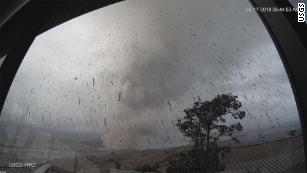
A webcam from an Hawaiian Volcano Observatory tower captures the plume rising into the sky.
Thursday's eruption is just the latest volcanic activity contributing to the nightmare on the Big Island since the volcano first went off May 3.
An ash plume Wednesday rose roughly 12,000 feet into the air, and on Tuesday, the USGS issued a red alert, which means a major eruption is imminent or underway and ash could affect air traffic.
It is not clear if Thursday's was a phreatic eruption, which USGS officials have been saying is capable of sending ash plumes as far as 12 miles away from the summit.
The lava lake in the crater has been dropping since May 2, which increases the chances for a phreatic explosion, but it will be difficult to warn residents.
Phreatic eruptions are "notoriously hard to forecast, and can occur with little or no warning," Hawaiian Volcano Observatory geologist Janet Babb said.
Recent explosions have been steam-driven, occurring when water beneath the ground or on the surface is heated by magma, lava, hot rocks or new volcanic deposits, the USGS says.
While the ash being launched into the sky is not poisonous, Hawaii County officials have warned residents about toxic sulfur dioxide seeping out of 21 fissures caused by the volcano.
"Severe conditions may exist such as choking and inability to breathe," the county's Civil Defense Agency said Wednesday. "This is a serious situation that affects the entire exposed population."
CNN's Scott McLean, Steve Almasy and Faith Karimi contributed to this report.
By continuing to browse our site you
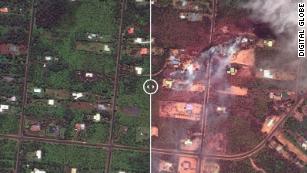




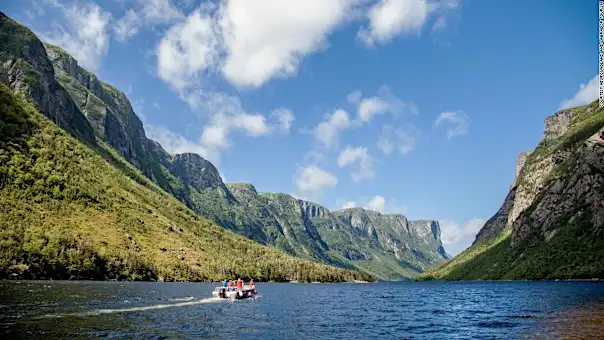
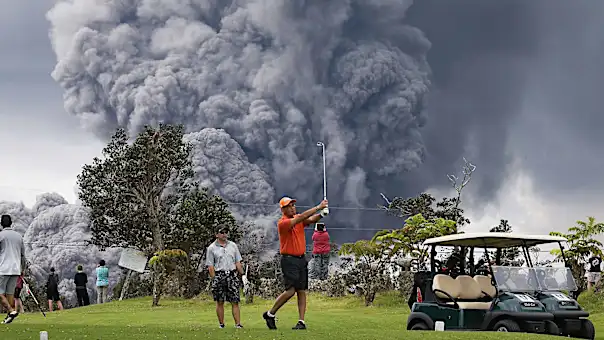








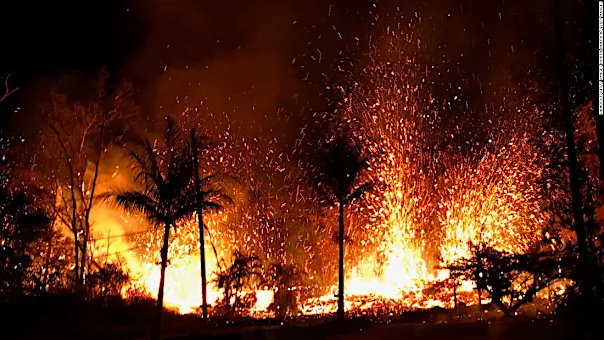
沒有留言:
張貼留言